Apple Music Subscriber Numbers Underscore Lackluster Debut
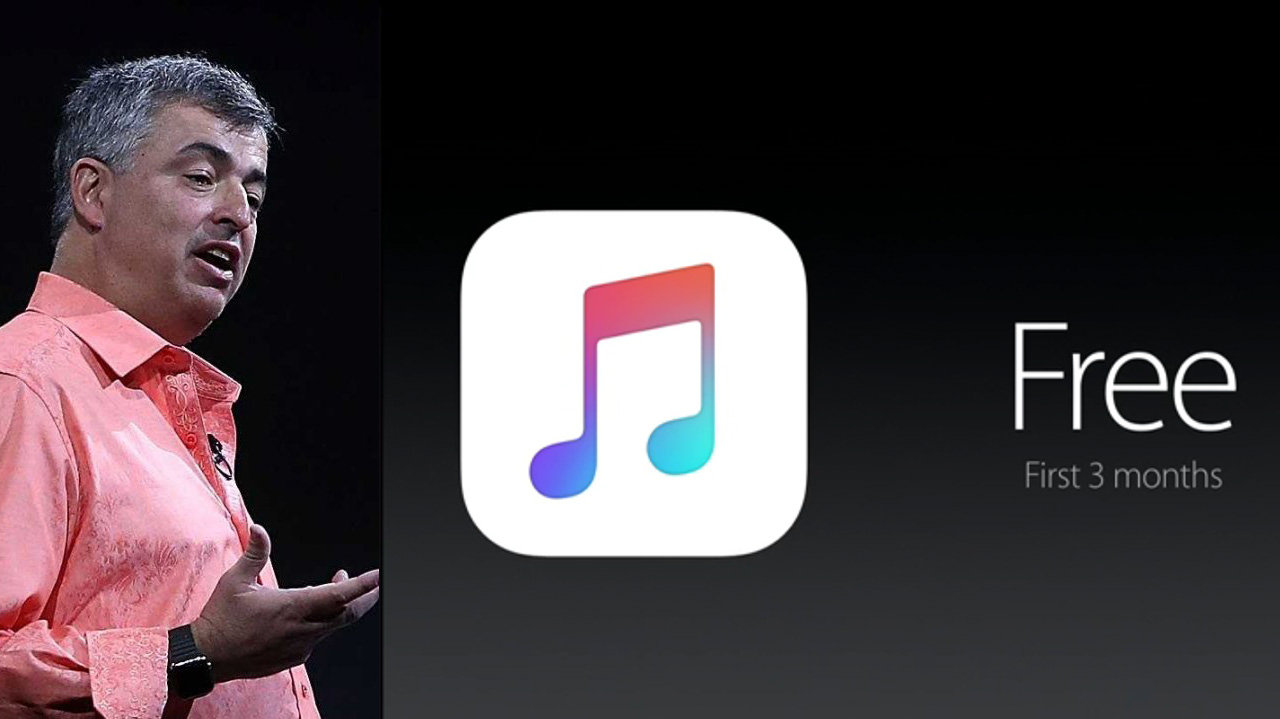
On top of these potential limits on Apple Music’s user base, the fact of the matter is that the service itself isn’t very good, at least when compared to its more established competitors. Initial bugs on the platform were to be expected, especially considering Apple’s increasing disregard for thorough testing and quality control, but many Apple Music users are still reporting bugs more than five weeks after launch.
Even going beyond bugs, I’ve personally found that Apple Music compares poorly to Spotify and Pandora (the two other services with which I’ve had the most experience) when it comes to areas like music discovery, mood/genre-based playlists, and custom user-defined radio. Make no mistake, Apple Music has been just fine when I know the song or artist I want to listen to, navigate to the corresponding page, and access the content, but this can be said of every other service, too. It’s when I’m attempting to rely upon Apple Music for some of the “intelligence” that Apple touted during the WWDC keynote that things start to go wrong.
For me, online streaming services aren’t a way to access music on demand. I get the most value out of these services based on their custom radio and playlist features. I already know, for example, that I like the band American Authors, and if I give a service the song “Home,” I want that service to play other songs it thinks I’ll like based on that information.
In this context, I’ve found Pandora to be the best, hands down. Perhaps my years of membership, with countless “thumbs up” and “thumbs down” ratings have allowed it to know my tastes on a level that Apple simply can’t match, or perhaps Pandora is simply better at analyzing song characteristics and user tastes. Regardless, Pandora’s uncanny ability to build great playlists is the reason that I’ve kept my membership with the service even as I’ve joined other “full” on-demand services like Spotify.
And speaking of Spotify, it’s no slouch either. Although not as good as Pandora, Spotify’s mood-based playlists are generally excellent, and I have the freedom to skip tracks at will if I happen to wander down the wrong musical path.
Looking at Apple Music, however, my month-plus with the service has been underwhelming from a discovery standpoint. The highly touted “curated” playlists based on mood or style are not only limited in number, but not nearly as long or, in my opinion, on-point as those offered by Spotify. And Apple Music’s “For You” section, which is supposedly customized based on my tastes (initially set up when joining Apple Music and modified by “loving” tracks or artists) and playback activity, is a joke. I understand that there’s a learning period for new services and algorithms, but I’ve spent days “loving” specific tracks in an effort to get Apple Music to start recommending more relevant content, and I can’t seem to overcome whatever preconceived notions about me that Apple has stored on some server in North Carolina.
Look, Apple, I listened to one Drake song that one time. I’m over it. Stop showing me six playlists featuring this genius hip-hop artist and his earth-shattering collaborations with Lil Wayne.
The long and short of it is that Apple Music is no better than its competition when it comes to finding and playing specific songs, and it’s much worse than its competition when it comes to music discovery and curation. I have no doubts that Apple will get better at the latter over time, and the company may even do something to improve its position on the former point, but the fact remains that, right now, Apple Music isn’t even close to something I’d pay for were I acting as a normal consumer. My role at TekRevue necessitates that I keep my membership, but unlike other Apple services to which I also subscribe, like iTunes Match and iCloud, I won’t be happy about it.
Countdown
And so begins the countdown to October 1st and the end of the free trial. Like all companies that rely on recurring subscription revenue, Apple is no doubt counting on some portion of users forgetting about their membership and letting it carry over to a paid account, and that will likely happen. But many of those 11 million current users will wake up one October morning to a $9.99+ charge on their credit card, evaluate the true impact that Apple Music had on their lives, and then make a decision on continuing to pay for a relatively disappointing product.
It’s only once this transition happens that anyone — consumers, investors, and Apple itself — can make any sort of judgment on the launch of this new service. Perhaps if Apple’s extremely favorable terms for the Apple Music trial had resulted in a current user base in the many tens, if not hundreds, of millions of users, then Apple and its fans could celebrate. But given these conditions, touting 11 million free users is nothing more than Eddy Cue cheerleading to fill the void in his Golden State heart.




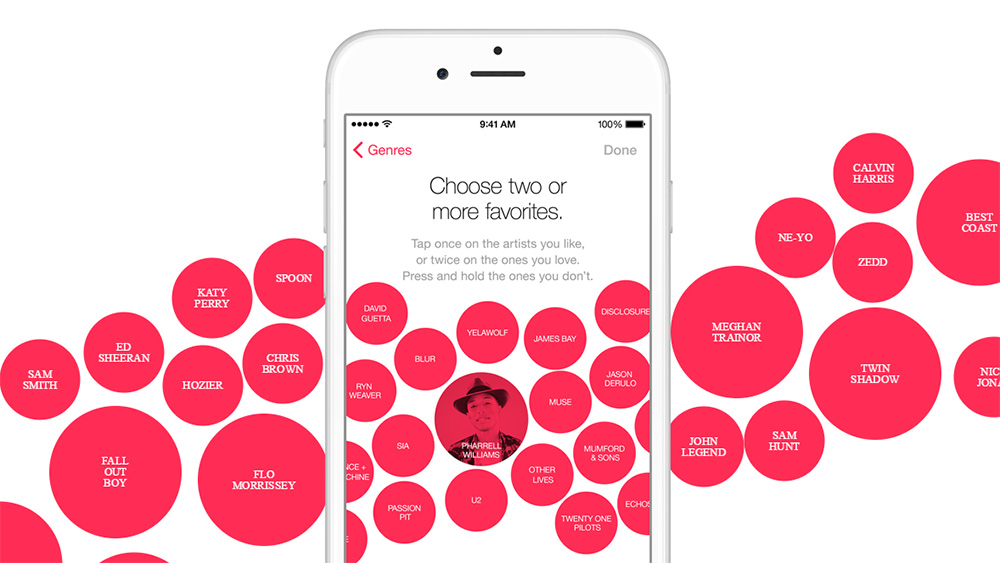
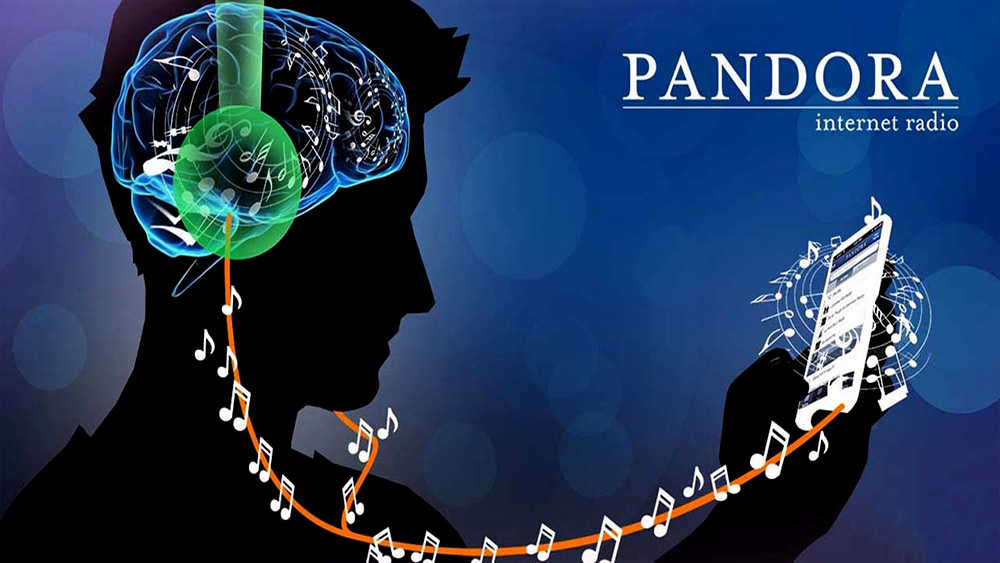
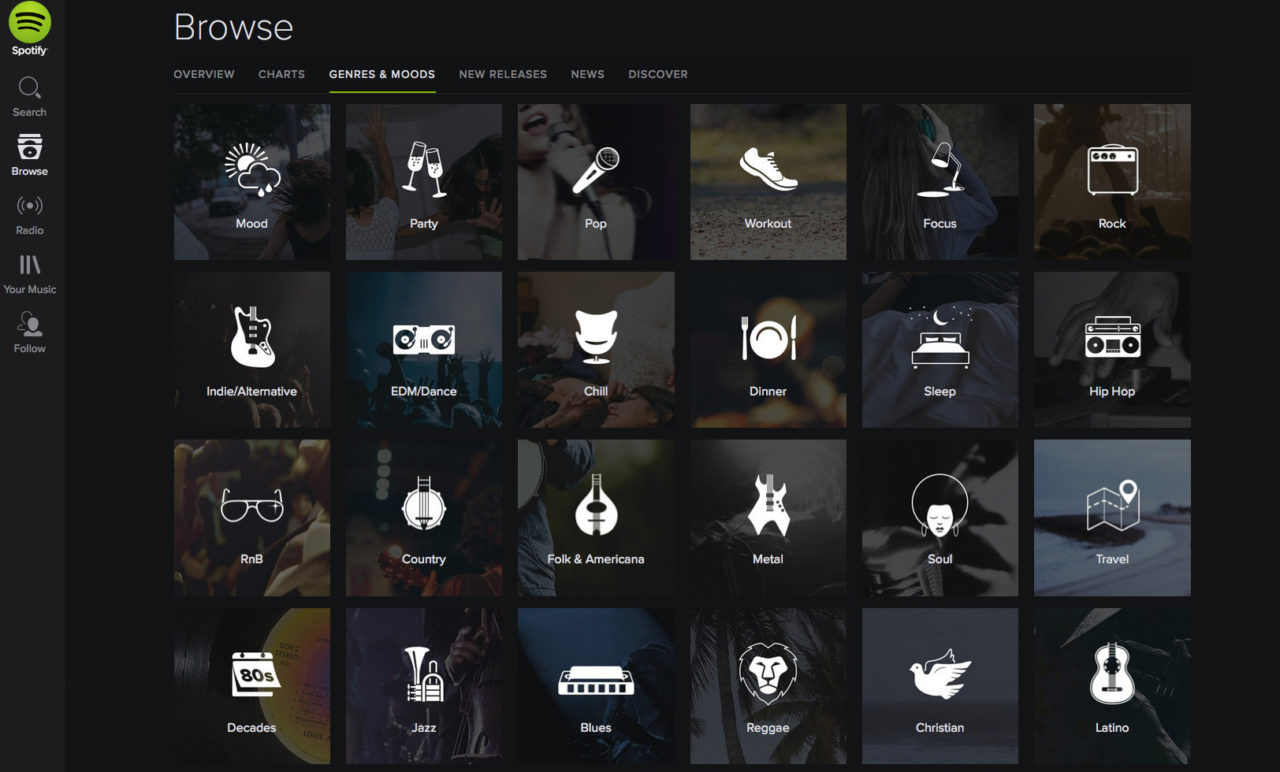
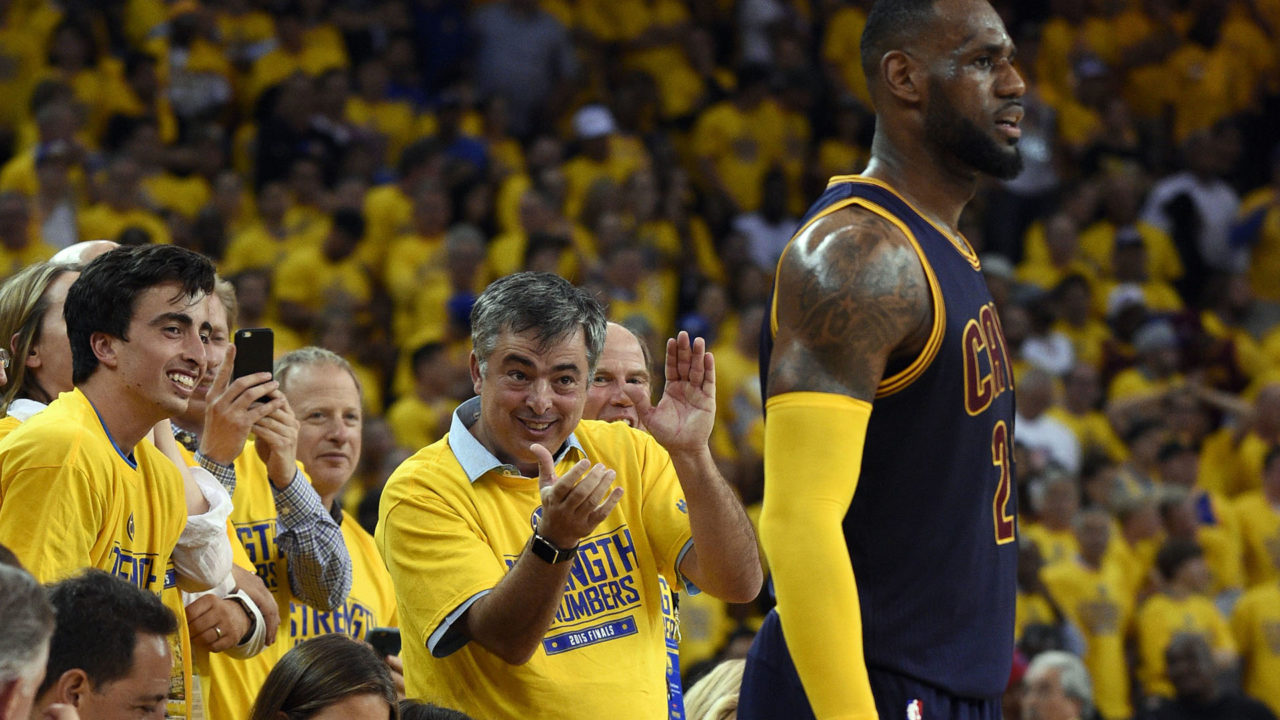













One thought on “Apple Music Subscriber Numbers Underscore Lackluster Debut”
It is important to understand one other aspect of this discussion that cannot be ignored: the various profiles of the ‘markets’ that this attracts. The easier it is to do something, the more ‘sticky’ the app and service is. Why would ANYONE change if they didn’t have to? If they are already set up on two or three devices why would they even start to jump on another?
thanks for the editorial